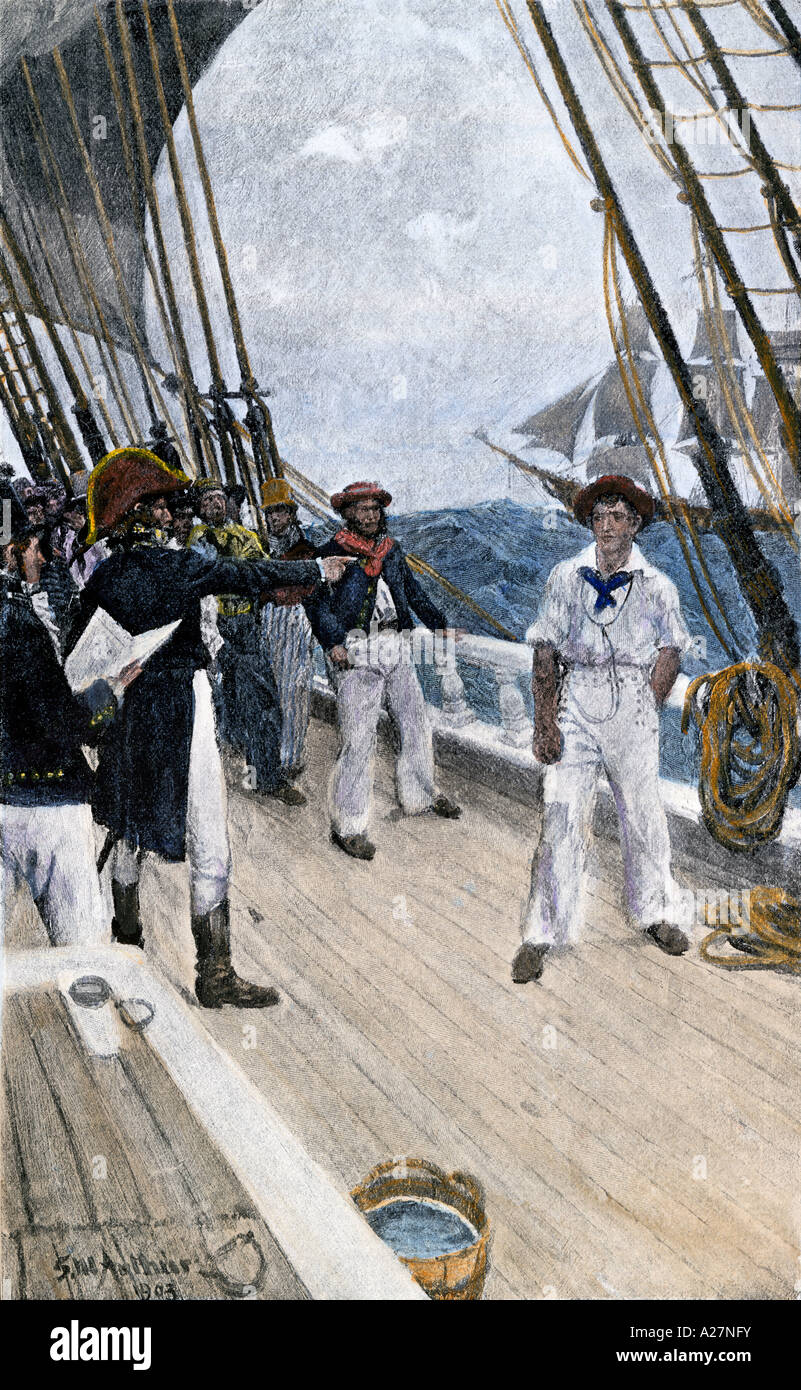


The degree of reciprocity suggests, however, that these were two theaters in the same struggle, hinged on Great Britain, whose position as an imperial and commercial hegemon faced a dual challenge, albeit from vastly asymmetrical threats.

Together, these events address the world-wide scope of war in 1814, and the interconnectedness of political, economic, and naval/military factors involving three nations engaged in two nominally-separate conflicts. bankruptcy and brewing rebellion in the Federalist northeast, Madison sought ways to boost revenue to meet the increased threat from Britain. President James Madison’s repeal of the trade embargo that had been in place, in various forms, since 1807. An end to the war on the Continent theoretically enabled Britain to focus on North America and siphon off ships and troops that would allow Cochrane to broaden aggressive action on the eastern seaboard. Five days later, he signed the Treaty of Fontainebleau and agreed to the terms offered by Prussia, Austria, and Russia to give up control of his empire and accept exile to Elba. The second, which took place on April 6, was the abdication of Napoleon Bonaparte after his defeat in the Battle of Paris. The first occurred on April 1 when Vice-Admiral Sir Alexander Cochrane assumed command of the Royal Navy’s North America Station with every intention of escalating the war with the United States and bringing the conflict to a rapid end in Britain’s favor. The first two weeks of April 1814 brought about three important events in the global conflict that played out on both sides of the Atlantic, as the Napoleonic Wars in Europe and the War of 1812 in North America.


 0 kommentar(er)
0 kommentar(er)
